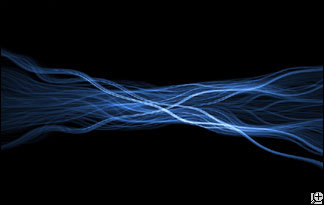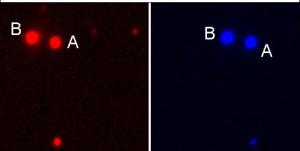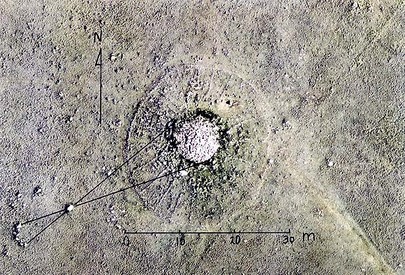
© Discovery NewsPrepare for Sudden Death
Two particles can become entangled so completely that a change in one immediately affects the other, no matter how far away it is. Until now, scientists have assumed such a marriage would endure forever.
But in a paper published today in the journal
Science, two physicists show that entangled particles can suddenly and irrevocably lose their connection, a phenomenon called Entanglement Sudden Death, or ESD.
"The degree of information entangled can disappear faster than the information itself," said Joseph Eberly, a physicist at the University of Rochester, who, along with Ting Yu, co-authored the paper. "It's completely non-classical physics."

